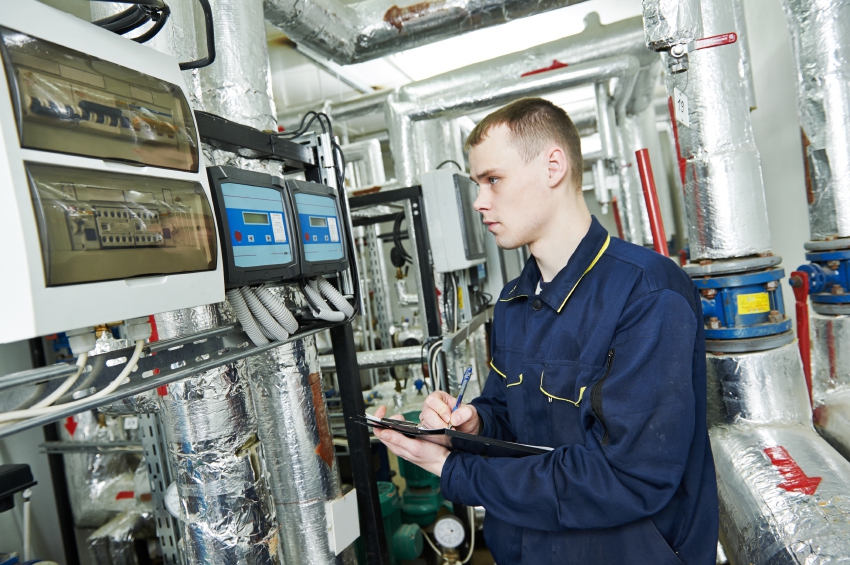How Different Engineering Disciplines Work Together
There are many different engineering disciplines under the umbrella term of engineering, but not many people outside of the industry understand how all these different positions work together.
There are many different engineering disciplines under the umbrella term of engineering, but not many people outside of the industry understand how all these different positions work together.
Engineering as a whole relies on collaboration between various different engineering skill-sets, and to create an end product, it is essential that engineers from these disciplines work together and apply their knowledge to ensure that the product meets sometimes vigorous requirements.
Overview of the Disciplines
There are many different areas of engineering, but there are four main groups which cover each of these disciplines.
Firstly, there’s what is known as the big four – civil, electrical, mechanical and computer engineering. These are the four biggest disciplines within the industry, and cover a range of specific skill-sets. These are what contribute most to the economy, followed closely by the next four disciplines, which are known as the medium four.
Aerospace, manufacturing and industrial, chemical, and biomedical are such disciplines, and have a more niche focus, especially with regards to the industry that they are working in. However, this doesn’t mean that from time to time, these engineers can’t help other industries out!
The smaller disciplines such as agricultural, architectural, and environmental engineering are grouped together in another group. These disciplines are even more specific, focusing their skills within specific industries which may not necessarily seem like they need the help on an engineer on the outside.
The last group of disciplines are very specialist, meaning this group is quite small. Engineers which specialise in areas such as ocean engineering and electromagnetic engineering will fall into this category.
How They Can Work Together
A simple vending machine needs the help of four of the disciplines mentioned above to function and operate as it should. Mechanical, electrical, industrial and computer science engineers are involved throughout the design, manufacture, and production of even the simplest of vending machines.
Vending machines utilise various types of springs for different functions. Here are some specific springs commonly found in vending machines:
- Coil Springs: Coil springs, also known as compression springs or coil tension springs, may be used in vending machines to provide tension and support for various mechanisms such as coin dispensers, product dispensing mechanisms, or locking mechanisms.
- Torsion Springs: Torsion springs are often employed in vending machines to provide rotational force or torque. They can be found in mechanisms like coin return mechanisms or selection buttons, ensuring smooth and controlled movement.
- Extension Springs: Extension springs or tension springs (which extend under tension) may be used in vending machines to provide tension and assist in the movement of components such as product dispensing coils or coin mechanisms.
- Flat Springs: Flat springs, also known as leaf springs, may be used in vending machines for functions like holding components in place, providing support, or assisting in the operation of specific mechanisms.
The mechanical engineers are tasked with creating the mechanical motors within the machine which will allow easy delivery of the product to the end user, as well as keep the unit cool, which in turn keeps the food fresh.
Electrical engineers, om the other hand, are brought in to ensure that electricity is provided to the correct parts of the machine, through the use of micro controllers which help with the selection process, as well as keep the food and drink products cool and stored correctly. They need to ensure the right amount of power is supplied to keep the temperature levels perfect for the products inside to stay fresh.
Industrial engineers are more focussed on the human factors of the vending machine; namely how the machine looks, how easy it is to use, and how accessible it is. These engineers are tasked with making the vending machine usable by anyone by deciding on where important features should go, such as payment, collection and even selection options.
The computer science engineers are responsible for creating the user interface, as well as implementing a variety of tracking software to allow the owners of the machine to track aspects such as usage statistics, stock levels and determine if there are any specific product trends to improve the service that the vending machine supplies.
Here at European Springs, we have a wide range of engineers with a variety of disciplines to offer, and it’s why we’re one of the leading spring and wire form manufacturers! As expert tension spring manufacturers and flat spring manufacturers among many more, we understand the importance of different disciplines working together to create a working, reliable solution. To find out more about our services, please don’t hesitate to get in touch with us today!

